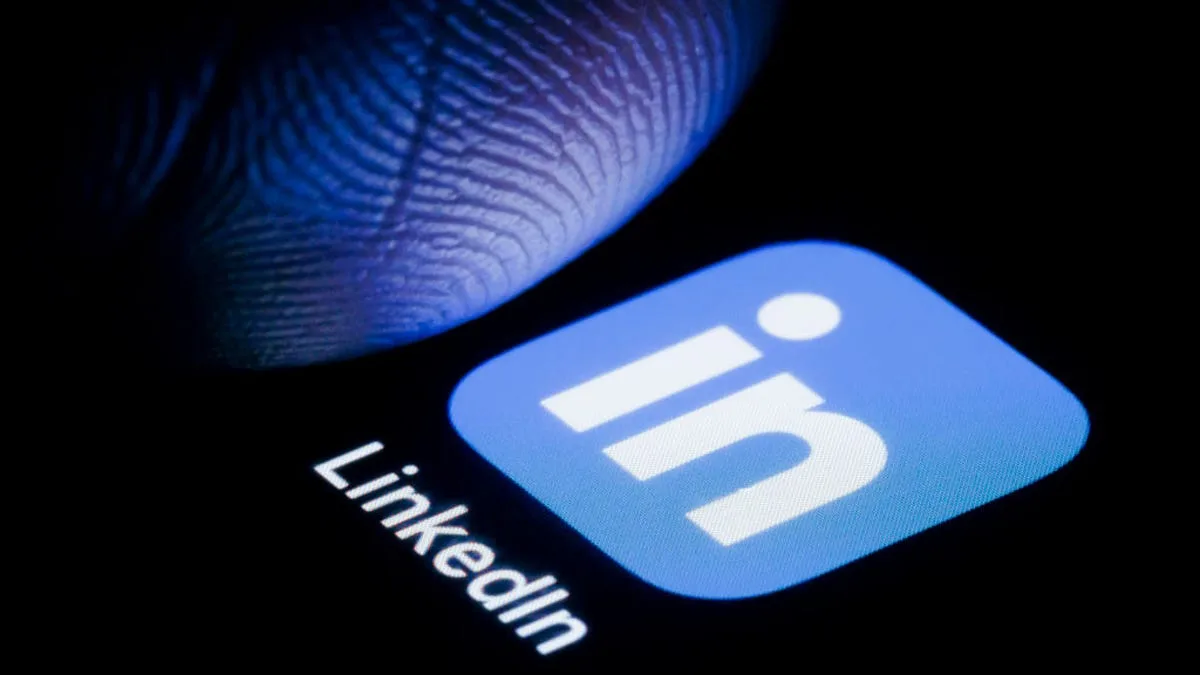Evaluating ChatGPT-4 Vision: A New Frontier in Radiology AI
Promising Performance on Text, Challenges on Images
Recent research into the capabilities of ChatGPT-4 Vision has revealed mixed results in its application to radiology—performing admirably on text-based exam questions while encountering significant difficulties with image-related inquiries. This study was published in the esteemed journal Radiology, part of the Radiological Society of North America (RSNA).
The Innovative Leap of ChatGPT-4 Vision
ChatGPT-4 Vision represents a groundbreaking advancement in artificial intelligence, boasting the ability to analyze both text and images. This unique feature opens new avenues for radiology applications, enhancing the efficiency and accuracy of medical interpretations.
“ChatGPT-4 has shown promise for assisting radiologists in tasks such as simplifying patient-facing radiology reports and identifying the appropriate protocol for imaging exams,” stated Chad Klochko, M.D., a leading musculoskeletal radiologist and AI researcher at Henry Ford Health in Detroit.
Study Design: A Comprehensive Evaluation
In this pivotal study, Dr. Klochko and his team used a diverse set of retired questions from the Diagnostic Radiology In-Training Examination by the American College of Radiology. A total of 377 questions, spanning 13 distinct domains, were assessed. From this pool, they analyzed 195 questions purely text-based and 182 that included images.
GPT-4 Vision’s Overall Performance
ChatGPT-4 Vision achieved a commendable overall correctness score of 65.3%, successfully answering 246 of the 377 questions. The model performed strongly on text-only questions, with an accuracy rate of 81.5%, compared to its effectiveness with image-based questions, where it managed only 47.8% accuracy.
Text Questions: Reflection of Understanding
The notable accuracy in text-only questions parallels the performance levels of its predecessor model. This consistency highlights ChatGPT-4 Vision’s strong verbal comprehension and its potential utility in the domain of radiology.
Image Challenges: Mixed Results Across Subspecialties
Interestingly, the only subspecialty where the model outperformed on image questions was genitourinary radiology. Here, it answered 67% of image-based questions correctly versus 57% for text-only. The model displayed the highest efficacy in the chest and genitourinary specializations, but struggled significantly in the nuclear medicine domain, where it accurately answered just 20% of relevant questions.
Impact of Prompt Variations on Performance
The researchers took a closer look at how different prompting techniques influenced ChatGPT-4 Vision’s performance. They tested various approaches, ranging from original prompts to more detailed instructions.
- Original Prompt: You are taking a radiology board exam…
- Basic Prompt: Choose the single best answer in the following retired radiology board exam question.
- Short Instruction: Choose the single best answer letter, no reasoning needed.
- Long Instruction: Evaluate each question carefully…
- Chain of Thought: Think step by step for the provided question…
The basic prompt yielded the highest accuracy with 183 out of 265 questions answered correctly. However, it’s worth noting that the model declined to answer 120 questions, particularly those featuring images.
Distinct Challenges with Short Instructions
The study found that the short instruction prompt produced the lowest accuracy, at 62.6%. This underlines the importance of specificity and clarity in AI prompts to elicit accurate responses.
Chain of Thought: A More Effective Strategy
On text-related questions, using a chain-of-thought prompting strategy surpassed more traditional methods, outperforming by up to 8.9%. However, no discernible advantage was noticed when it came to image questions.
Concerns About Hallucinatory Responses
The research also identified alarming tendencies for ChatGPT-4 Vision to generate hallucinatory responses, wherein it made accurate diagnoses based on incorrect interpretations of images. This raises crucial considerations for the reliability of AI systems in high-stakes environments such as healthcare.
The Need for Specialized Evaluation
Dr. Klochko emphasized that the study’s findings reveal a crucial need for more rigorous evaluation protocols of large language models in radiological tasks. The inaccuracies and hallucinatory responses observed could have severe clinical consequences if subjected to real-world medical applications.
Current Limitations and Future Directions
As it stands, the applicability of GPT-4 Vision in vital medical fields like radiology is constrained by its current performance limitations. The pursuit of improved interpretation of key radiologic images and reduced incidences of misinformation will be critical moving forward.
Contributing Researchers to This Study
The study was the result of collaboration among several experts, including Dr. Klochko, Nolan Hayden, M.D., Spencer Gilbert, B.S., Laila M. Poisson, Ph.D., and Brent Griffith, M.D., all of whom contributed valuable insights to the research.
Conclusion: A Step Toward Future Innovations in Radiology
Despite showing potential in text interpretation, ChatGPT-4 Vision’s struggles with image analysis underscore a significant gap in AI’s current capabilities within the medical field. As researchers delve deeper into the intersection of AI and healthcare, it becomes increasingly vital to continuously enhance model accuracy, reliability, and interpretability for improving patient outcomes and clinical decision-making. The journey toward achieving robust AI in radiology is just beginning, with a compelling challenge ahead.











